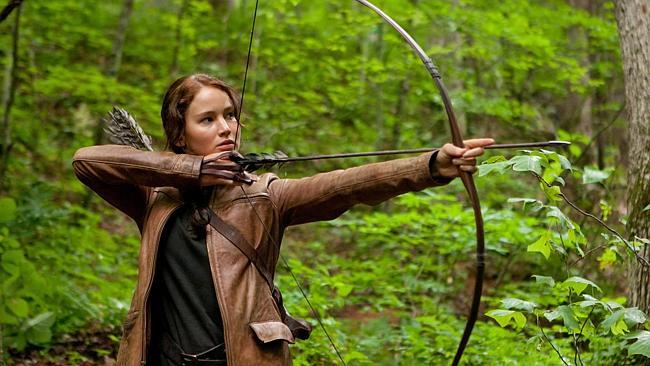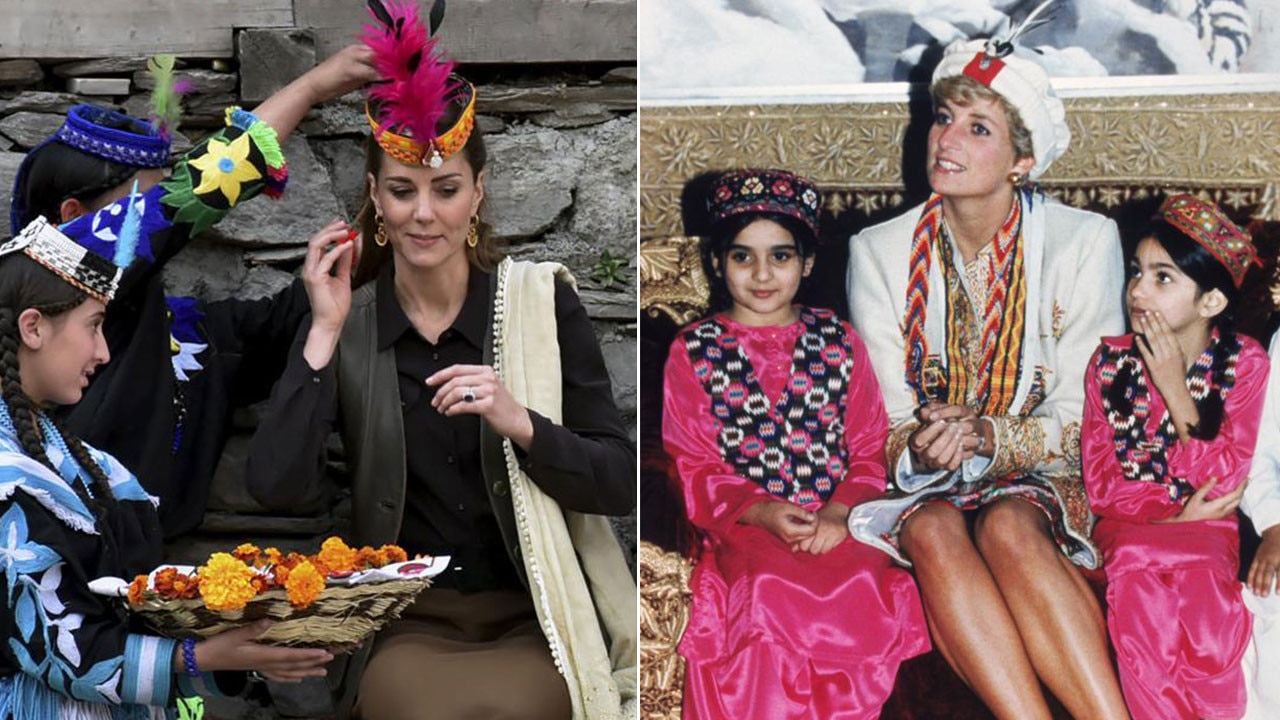Sexism: films, books, TV and the rise of the fearsome female
The Fearsome Female is now a dominant cultural force. Great: but why are the men so hapless and despicable?

When a respected friend gives you a book he “thinks you might like”, it can be a terrible moment. It’s even worse when he says the hero “is a bit like you”. The book, this time, was Joshua Ferris’s To Rise Again at a Decent Hour. It was appalling, all dull prose and bad jokes; it was going nowhere and I never finished it. (It won the Dylan Thomas prize and was shortlisted for the Man Booker, so I should have known what to expect.) The hero, inevitably, was a total jerk — an ignorant, witless, nihilistic, woman-hating cynic, afflicted by some weak sense that he was missing something about the world.
It was his voice that made the novel unreadable (and made me worry about my friend’s assessment of me). Such a voice had been done better in superb prose 30 to 40 years ago, in the early novels of Martin Amis. Coarse, self-obsessed males stalked those books, making me laugh and underscoring the unmoored condition of contemporary masculinity. After that virtuoso performance, why on earth would anybody want to do it again?
Enter Ferris. Or, rather, enter Ferris, followed by numerous other novelists, ad agencies, filmmakers, actors and television producers, all of whom seem to be suffering from a debilitating case of sexism and unoriginality. The Hapless Male, having been both harmless and hapless in all those Hugh Grant films, has become something much more sinister. He might be an inert melancholic suffering from what psychologists helpfully call “covert male depression”, or a wrecked, violent, borderline aphasic, like Colin Farrell’s character in True Detective 2, or a pathetic victim, a perpetual Ben Stiller or Zach Galifianakis.
TV advertising is the form most hopelessly in love with the Hapless Male. I’ve seen ad breaks in which every slot featured one. Currently in Britain, there’s the pathetic wimp who has to give everybody a lift in his Suzuki S-Cross. And there was — it seems to have been removed but is, inevitably, on YouTube — the viciously sexist Samsung ad in which a wife applies technology to turn her farting, ape-like couch potato into an all-purpose domestic robot.
In fact, this last campaign was all but jeered off the screens by women. The same thing happened to some Facebook ads for Huggies nappies that showed men as, basically, crash-test dummies for nappy leakage. That had to be withdrawn after protests from men at the Dad 2.0 summit (really!) in Austin, Texas, as well as complaints from women.
Indeed, research has shown women don’t like to be told their partners are weak-minded idiots, so the ads don’t work for either sex. But still the advertisers plough on.
The reason is, of course, it’s easy. Forget obvious objections such as gender equality, sexism and so on: men are now the soft targets for creatively exhausted imaginations in every genre. Look at the title of a new book by comedian Bridget Christie: A Book for Her* (*And for Him, If He Can Read). OK, it’s a joke, but one that, if reversed, would produce a wave of outrage that would probably have had it withdrawn.
You see, culturally, the sexual playing field has not been levelled by feminism — it’s not even a playing field; it’s a one-way street. Furthermore, simply reversing the polarity of prejudice does not feel like progress. Or maybe the real intention is revenge for the oppressive crimes of the male — but vengeance is emphatically not progress. If feminism has to be underwritten by misandry, then it has failed. Television advertising is only the tip of a gigantic iceberg of harsh and usually lazy cultural assumptions about a “crisis of masculinity” that is both comic and tragic.
Some have suggested hipsterism may be further evidence of this crisis, the lumberjack look — thick checked shirts and even thicker beards — being an exaggerated form of backwoods masculinity to which men resort when they don’t know who they are. (We don’t, ever.) It is, of course, called lumbersexuality, the next stage after the collapse of metrosexuality.
This belief in a male crisis was backed up by a series of bandwagon-jumping “research” findings suggesting the contemporary male was unmarriageable, unemployable, ineducable and, at the bottom end of the daft research market, couldn’t buy Christmas presents or do the washing-up. More respectable insight has been provided by psychology.
“There is, for males, no sense of place, and so no point of reference for a genuine sense of self other than that sense of self that is attached to the roles laid out as socially appropriate,” Michael J. Formica, a psychotherapist, wrote in 2009. “Fold into this the mixed messages of gender socialisation fostered by the feminist movement, and men find themselves not only not knowing where they belong, but also not knowing who they are or even who they are supposed to be.”
Even once you have allowed for the force of fashion behind such thinking, this is, I think, fair enough. So, in the wake of feminism, there is a real-world problem for men; indeed, that is precisely what fired up Amis in the 1980s and, latterly, what Hollywood, spearheaded by Judd Apatow’s “bromance” movies, was on to, in films that show men finding identities in their own bonding rituals until they are, at last, saved by women.
The most extreme expressions of this were the three Hangover movies, in which alcoholic brotherhood, abject social failure and suicidal irresponsibility were seen as primary sexual characteristics of the human male, who can only be saved from his impulse to wreck by the strict social necessities imposed by women.
Perhaps the most glaring evidence for the prevailing mood of cultural misandry is the rise of the Fearsome Female to put the Hapless Male in his place. This is not restricted to low culture. In London lately, and in Sydney in recent years, there have been two productions of Euripides’s Medea (not an everyday repertoire choice), the supreme Fearsome Female, who slaughters her children in revenge for the infidelity of her husband, as well as performances of Electra, another story of a murderously avenging woman.
On television, we have had the Game of War computer-game ads, starring a breastplated model Kate Upton telling a bunch of weak, shifty and very Hapless Males how they must get on with their empire-building. Then there are the blockbusterish Fearsome Females — Daenerys Targaryen and the Amazonian Brienne of Tarth in Game of Thrones, real warrior queens with a taste for war; and Katniss Everdeen, the heroine, majestically played by Jennifer Lawrence, of the Hunger Games movies. Lawrence has become a tougher expression of what would once, rather tamely, have been called “girl power”, a troublesome, feisty role model for early teens.
More seriously, there is the curious career of Scarlett Johansson, who in rapid succession has played Fearsome Females as superhero, alien, app and cyborg. As well as her continuing role as Natasha Romanoff in the Avengers series, she was remarkable as an ET in Under the Skin, a masterpiece by Jonathan Glazer in which she picked up assorted Hapless Males and conducted fatal experiments on them. Then there was Her, a good Spike Jonze movie in which she breaks Joaquin Phoenix’s heart as the voice of his smartphone’s operating system; she appears to fall in love with him, but, it turns out, is also “in love” with thousands of others. And in Luc Besson’s Lucy, she became all-conquering as a woman made hyper-intelligent by a virus.
Remarkably, she seems to have covered the entire cinematic waterfront when it comes to putting men in their place. Technology, in particular, seems to be providing a home for the Fearsome Female.
You can also see the Hapless Male at bay in the corridors of power. In a brilliant piece of writing by Armando Iannucci for the new season of Veep, Selina Meyer — played with a touch of genius by Julia Louis-Dreyfus — has become US president, and with that elevation, her character has changed. As vice-president, she was pushed and pulled by her male entourage. Now she does the pushing and pulling, and sees them for what they are: incompetent, selfish and weak. Hapless Males, in fact.
Iannucci aside, most Hapless Males and Fearsome Females are signs of imaginative failure. When they are not, they say something true about the current human condition — the most dazzling example being Glazer’s Under the Skin, in which the males are both hapless and murderous, and the Fearsome Female is ultimately defeated.
The problem is those ever-present ads that punctuate cultural content. The lazy writing, the cheap, unthinking misandry and the masochistic self-involvement swamp the good stuff. The role of the Hapless Male has become a contemporary prison inhabited by stereotypical identities of both sexes.
The world isn’t like that, but it will be if we keep imagining it is.
It would help if both men and women stopped fixating on trivialities. Women, for example, ask themselves about the strange dominance of males in the received list of great postwar fiction. Why no Shirley Hazzard? She is certainly one of the greatest writers of our time. And why is Penelope Fitzgerald so little mentioned? Men, meanwhile, should stop obediently playing to their stereotype.
Things may be improving. People, I note, are showing signs of boredom and irritation with these gross simplicities, and in the end we will return, as we always do, to the more sustaining complexities of life as it is lived. As Henry Kissinger observed: “No one will ever win the battle of the sexes; there’s too much fraternising with the enemy.”
The Sunday Times


